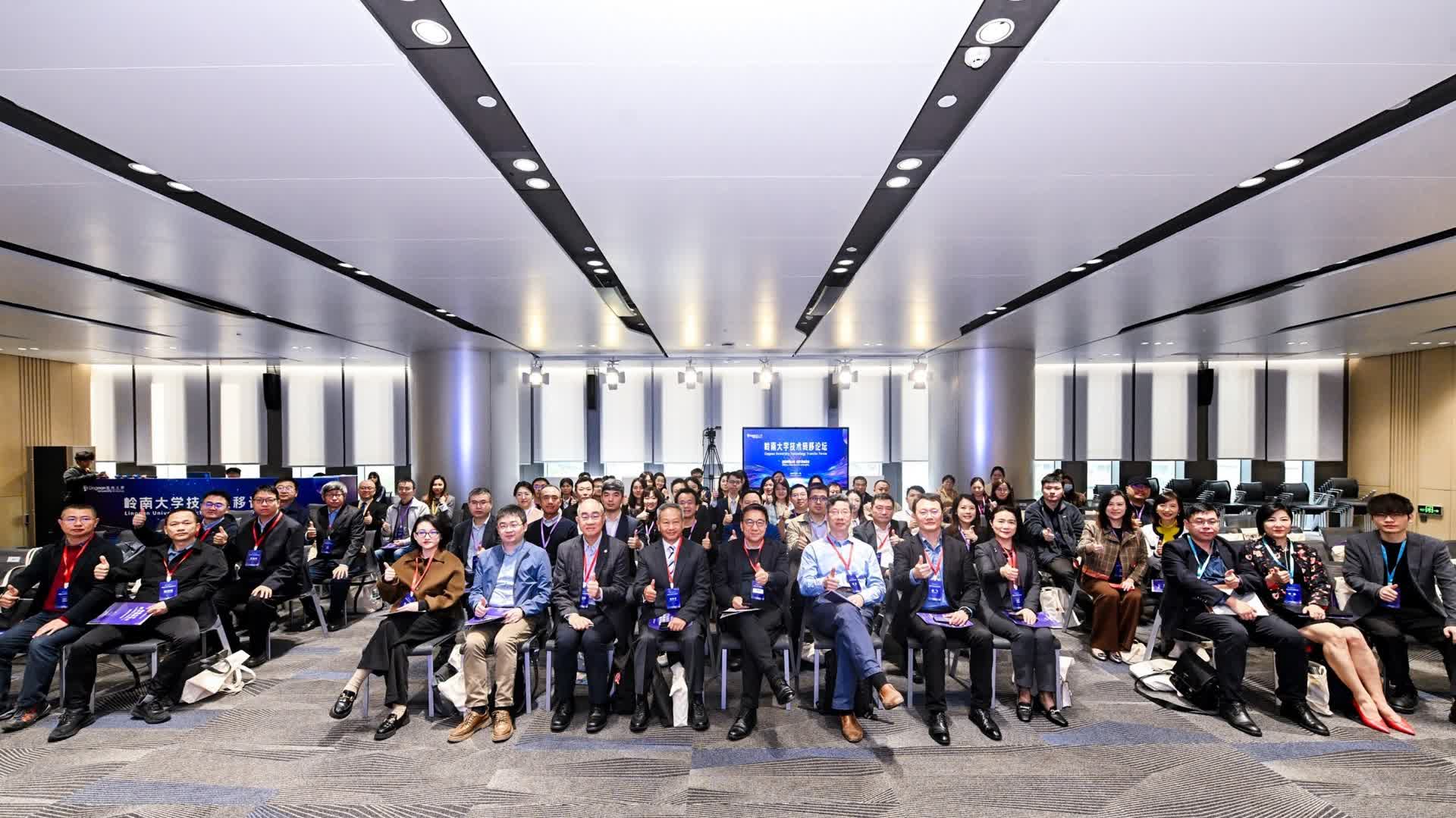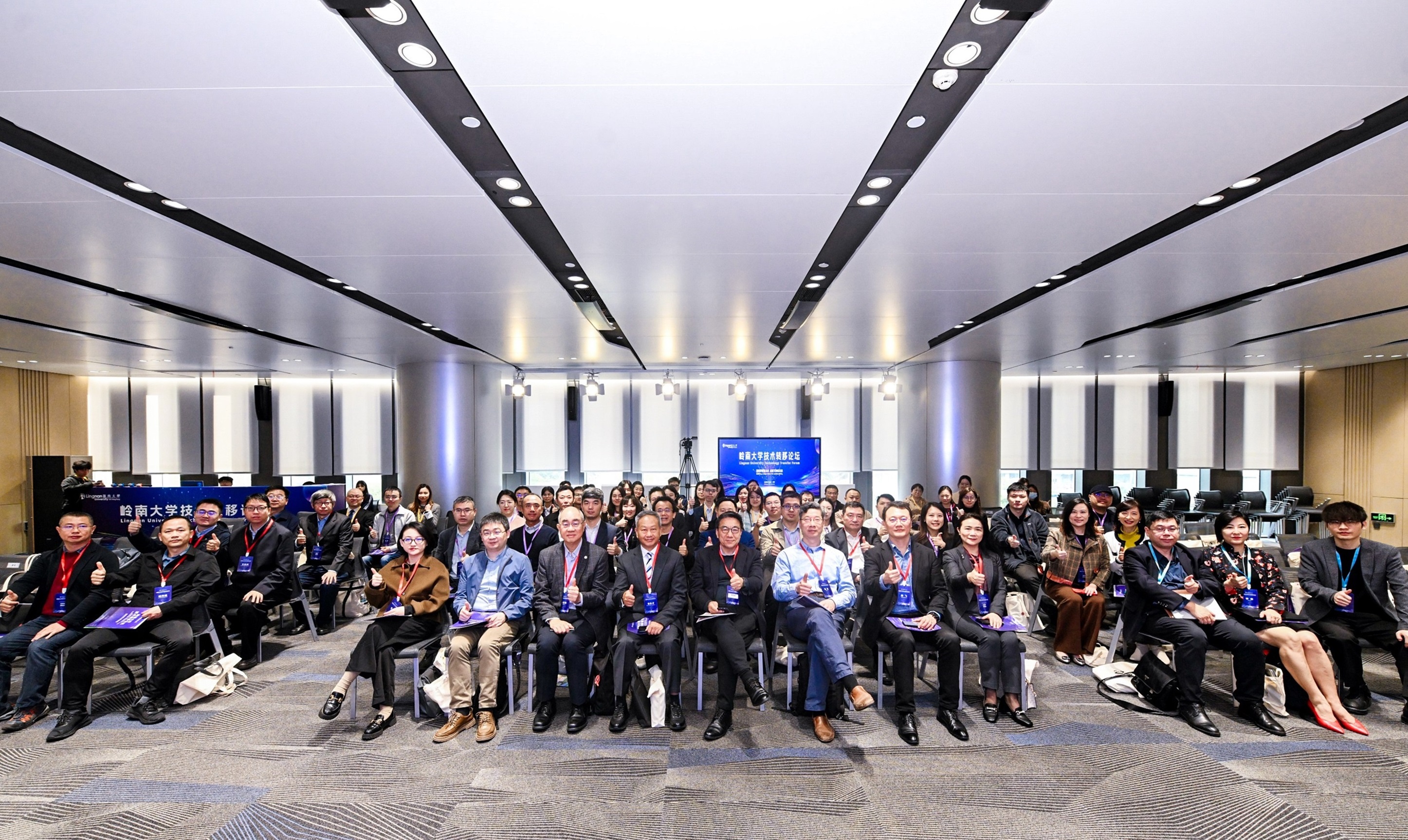
Lingnan University held its inaugural Technology Transfer Forumtoday, 28 February, at the Qianhai International Talent Hub in Shenzhen. Supported by the Innovation and Technology Fund of the Innovation and Technology Commission, the forum focused on “Building a Smart Future for Sustainability”. It brought together over160government officials, leading scholars, and industry pioneers from Hong Kong and Mainland China to explore the latest research and practical applications in the four cutting-edge technological areas of New Energy, New Material, New Data, and New Humanity.
The forum created a collaborative platform for scholars andenterprises, showcasing the latest achievements of ten cutting-edge technologies, including flexible batteries, material AI, low-altitude economy, and humanitarian technology,that assist in the development of new quality productive forces, and benefit society.Officials from the Hong Kong and Macao Affairs Office of Administrative Committee of Guangzhou Nansha, the Foshan Intellectual Property Bureau, and the Jiangmen Municipal Science and Technology Bureau also attended the forum, as well as representatives from the Policy Research and Institutional Innovation Division of the Qianhai Administration Bureau.
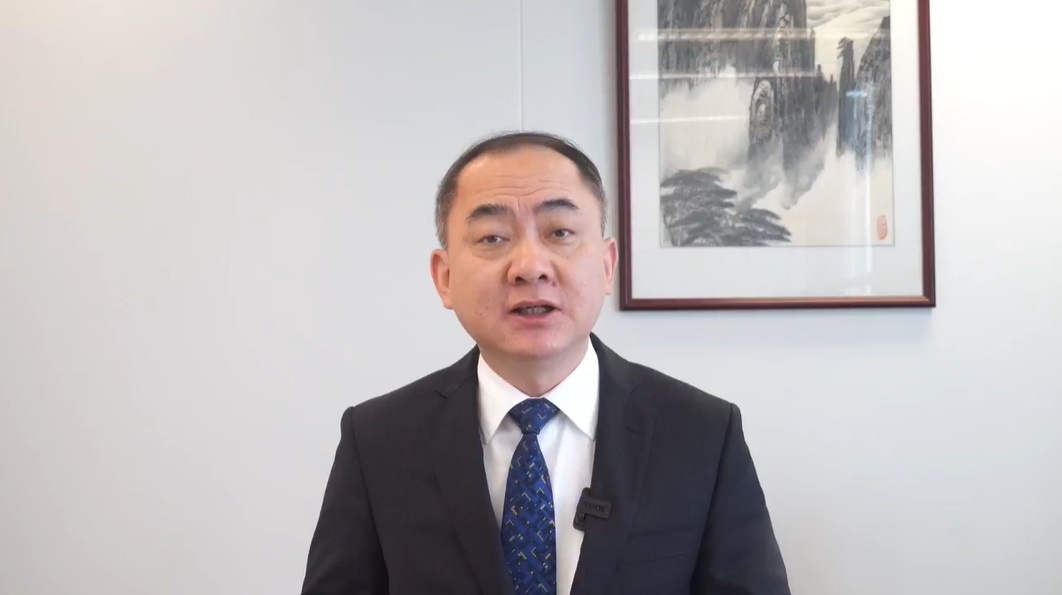
Dr Ge Ming, Commissioner for Industry (Innovation and Technology) of the Innovation, Technology and Industry Bureau, in a video speech said, “In an era when technological innovation rapid advancements and increasingly impact our culture and society, Lingnan University is actively transforming, and building on its traditional strengths. Upholding the core values of liberal arts education, the university is enhancing interdisciplinary and innovative education for students’ holistic development. Particularly over the past year, under the leadership of President S. Joe Qin, Lingnan University has recruited several world-renowned experts and scholars in fields like data science and artificial intelligence (AI). By integrating the humanities with science, the university is promoting the application of innovation and technology to serve the community. It is also deepening collaboration in the Greater Bay Area and fosteringinternationalisation. Today's event is a demonstration of one of its achievements. Lingnan University is transitioning from traditional liberal arts education to an interdisciplinary model. It remains firmly rooted in the humanities while actively embracing technology and integrating with the Greater Bay Area, which also reflects the societal transformation in Hong Kong."
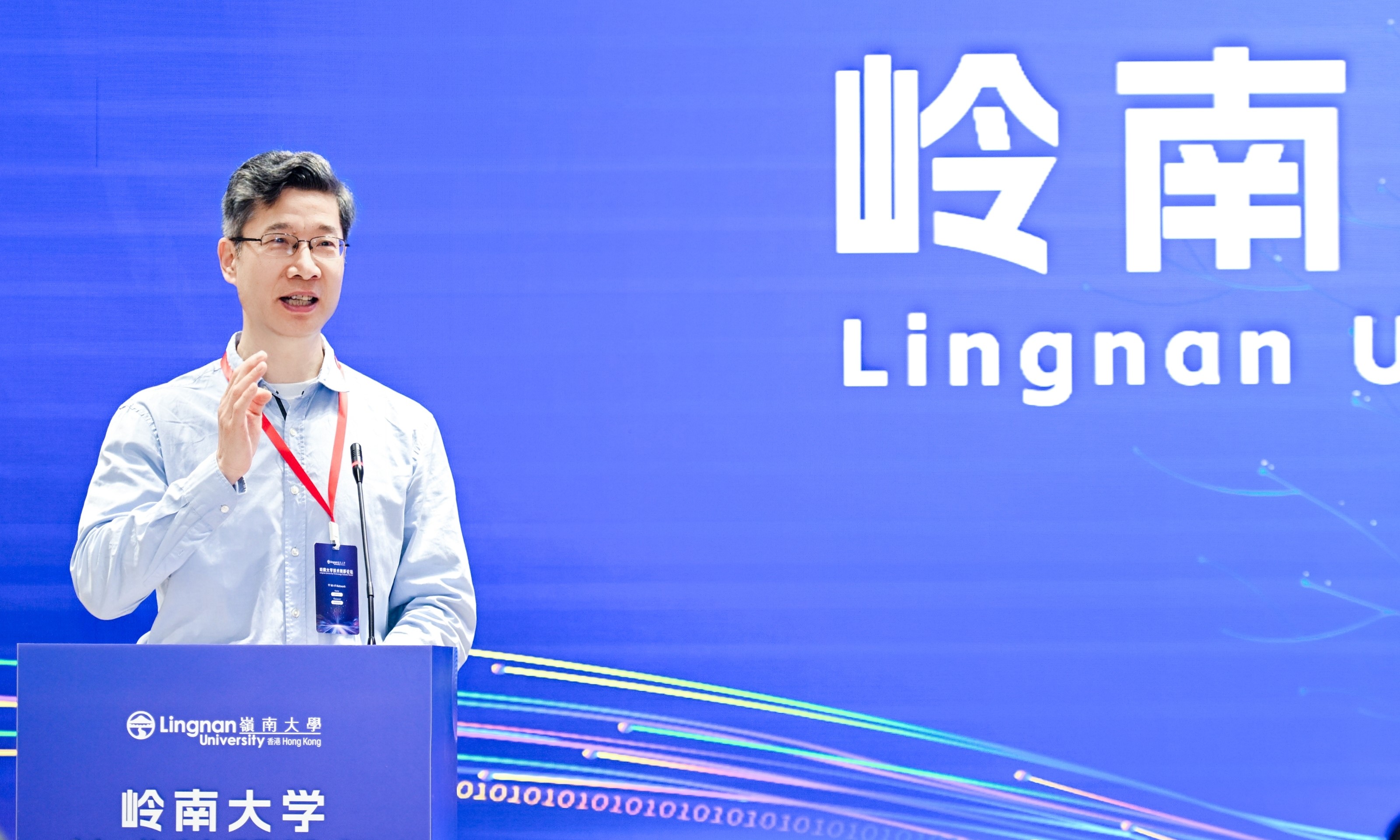
In his opening speech, Prof Xin Yao, Vice-President (Research and Innovation) and Tong Tin Sun Chair Professor of Machine Learning,stressed the crucial role of technology transfer, explaining “Technology transfer has always been regarded as the ‘third mission’ of higher education, beyond teaching and research. It enables university scholars to transform knowledge, research findings, and technologies into practical applications that meet societal needs, thus driving socio-economic and livelihood development. In the past six months, Lingnan University has seen a surge in patent registrations, conclusively demonstrating its strength in the field of scientific research. Lingnan scholars will continue to focus on cutting-edge technology and interdisciplinary research, strengthen collaborations with all sectors in the Greater Bay Area, connect research results with society, and generally create more value.”
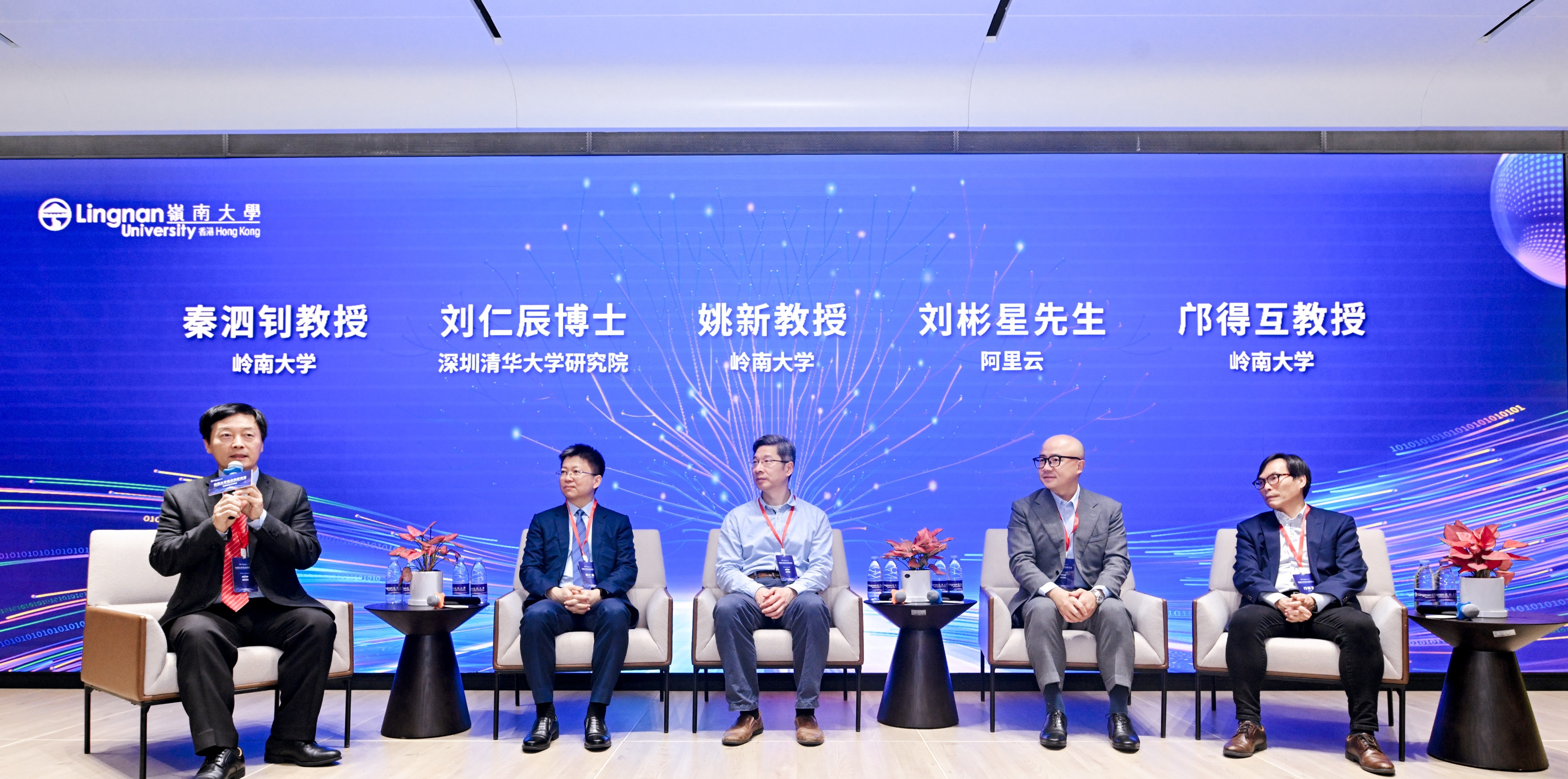
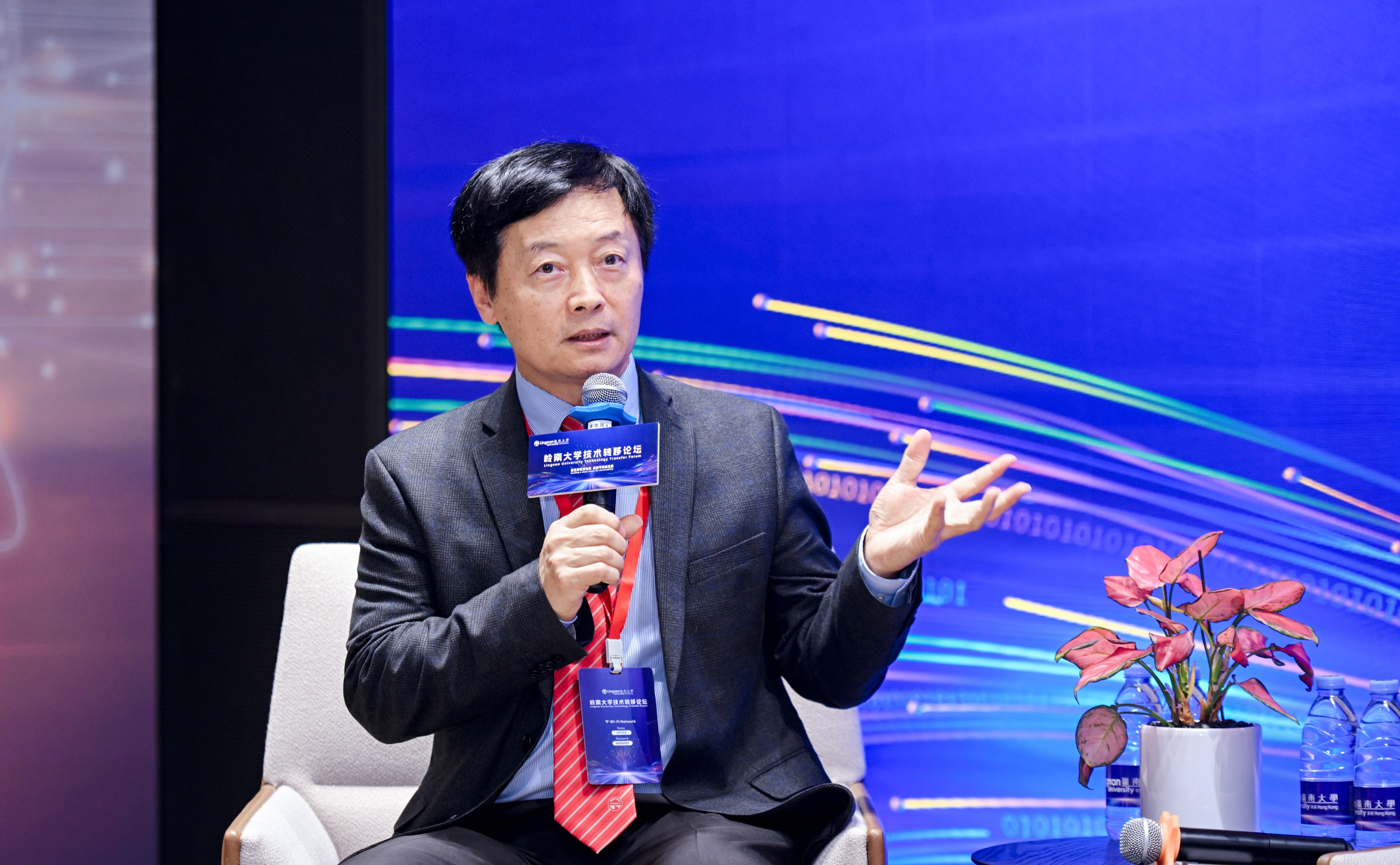
ProfS.Joe Qin, President and Wai Kee Kau Chair Professor of Data Science, hosted the summit dialogue, and held in-depth discussions on topics such as how to transform scientific research results into practical applications, and how to promote scientific and technological innovation and sustainable development.Dr Liu Renchen,ExecutiveDeputyDean at the Research Institute of Tsinghua Universityin Shenzhen;Mr Leo Liu, Vice-President of International Business and General Manager of North APAC & SEA of Alibaba Cloud Intelligence,along with Lingnan’s Vice-PresidentProf XinYao,andProf Sam Kwong Tak-wu, Associate Vice-President (Strategic Research) and J.K. Lee Chair Professor of Computational Intelligence,also participated in the interesting and stimulating conversations.
PresidentQinsaid, “Lingnan University has been continuously advancing technological innovation and shaping a smart future. Looking ahead, Lingnan will continue to seek patent registrations, secure additional funding, and strengthen university-industry collaboration. We intend to establish innovation platforms, form new partnerships and promote technology transfer, in order to commercialise scientific achievements. This will cover the final mile in service to society, andmake even greater contributions to economic development and social progress, positioning Lingnan as a leading comprehensive university in arts and sciences in the digital era.”
The Technology Transfer Forum featured several keynote speeches, and reviewed the latest scientific research achievements of Lingnan scholars, includingNovel Techniquesfor RemoteSensing,LowEnergyConsumptionDirect Air CarbonCapture,FlexibleBatteries, aComprehensive Deep Reinforcement Learning Framework for Robust and Coordinated Multi-robot Flocking, an AI-powered Platform for Smart Material Design and Innovation, Satellite-basedThermalInfraredRadiationDataApplications,LargeLanguageModels andRetrieval-augmentedGenerationTechnology,aMosquito RiskMapPlatform, aCrew-WheelchairHandle Sensingsystem, and theMiniAirPurifier PureAura.
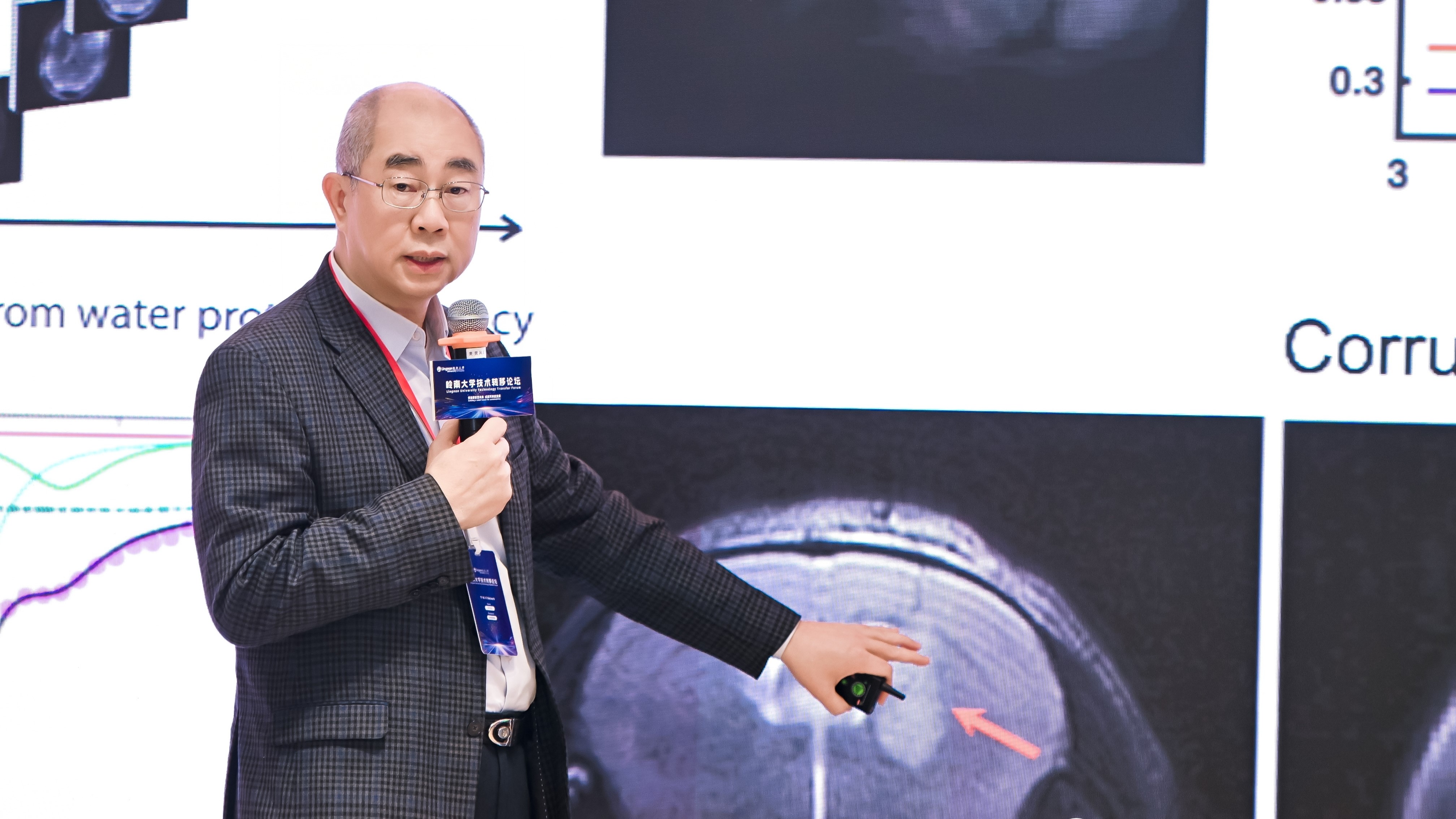
Prof Raymond Chan Hon-fu, Vice-President (Academics) cum Provost and Lam Man Tsan Chair Professor of Scientific Computing,discussed his work at the InnoHK Centre in Science Park. His team is helping to develop fast and accurate AI algorithms to detect or monitor cerebro-cardiovascular health indicators using image processing technology. One such application is to detect diabetic retinopathy (DR), which is currently a leading cause of blindness worldwide and closely related to cardiovascular diseases. Detecting hard exudates in DR is crucial to prevent blindness, but current methods are limited by inconsistent shapes and unclear boundaries. Prof Chan has developed an accurate, supervised contrastive learning framework to detect hard exudates, using “label information” to distinguish between different lesion densities and unclear lesion locations.
Another application of Prof Chan’s work is in the Chemical Exchange Saturation Transfer (CEST) MRI, which can significantly improve the detection of proteins and metabolites with low concentrations. Although CEST images are constrained by their low contrast and low signal-to-noise ratio, denoising can improve the accuracy of CEST quantification considerably, and Prof Chan has developed an unsupervised denoising algorithm using implicit neural representation for continuous mapping. This surpasses other CEST denoising methods both qualitatively and quantitatively.
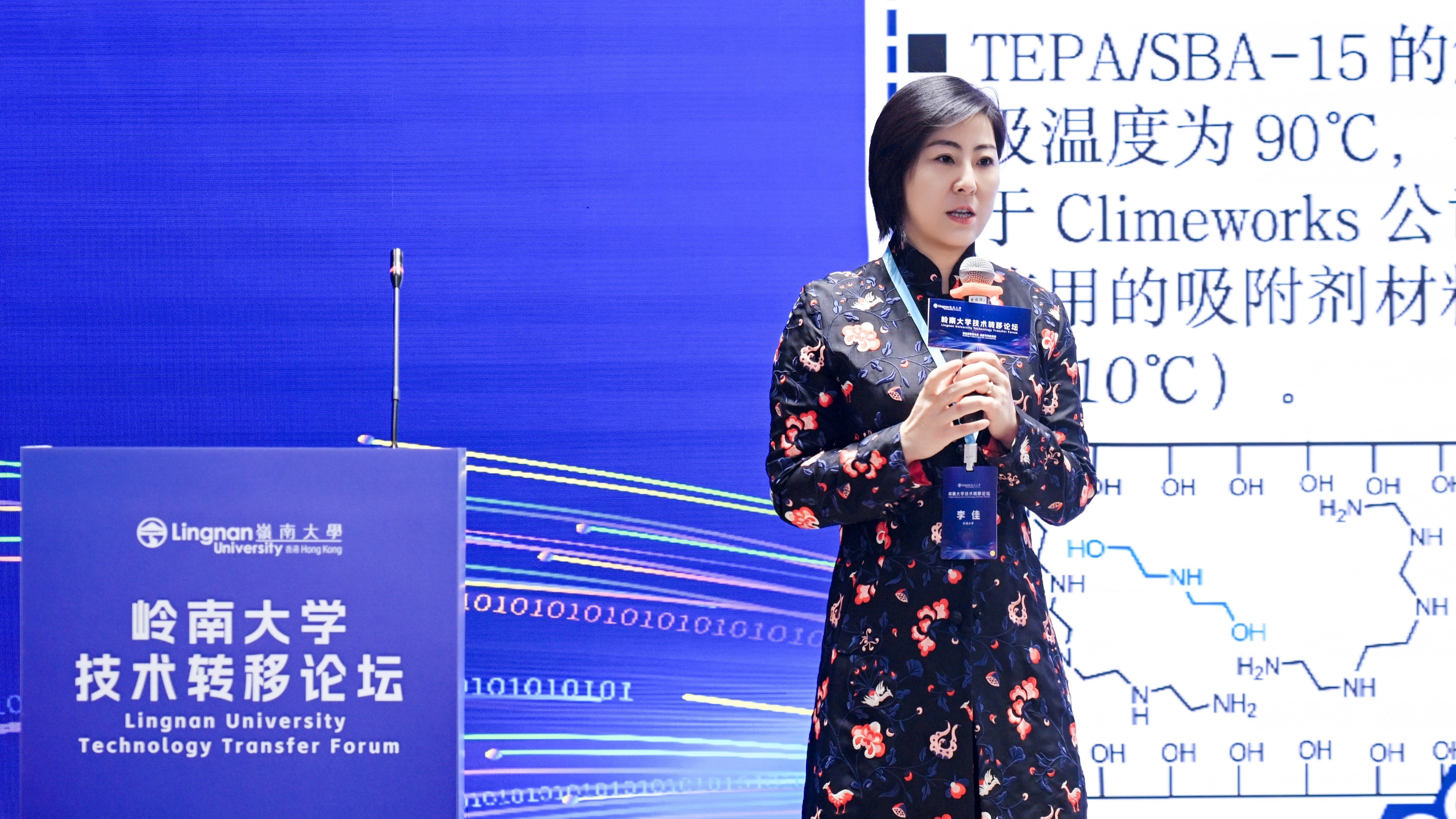
Prof Li Jia, Associate Professor oftheSchool of Interdisciplinary Studies, also presented her research findings on air carbon capture technology. These focus on energy-saving and environmental protection, offsetting industrial emissions to achieve carbon neutrality, thus contributing to solving the global climate crisis. Prof Li and her team have developed a Direct Air Carbon Capture (DAC) technology, based on innovative mixed amine solid adsorbents, which capture carbon dioxide from the air, and store or convert it into a permanent neutral carbon source. This is able to maintain a normal adsorption performance even in high-humidity environments, achieving zero water consumption and low energy consumption, demonstrating a greater durability and contributing to sustainability.

